Virtual Reality labs in the University of Minnesota Health Science Library allow students in mortuary science to explore end-of-life situations.
Professor of Mortuary Sciences Janet McGee has required the simulation in her class since the Fall 2023 as a part of their soft skills training.
“We are working to integrate more technology into our program, and this seemed like a great way to do it,” McGee said.
The VR lab opened at the University in 2021. Currently, 20 classes use the technology because of the unique, immersive experience, Charlie Heinz, the lab director, said.
“You can get this level of immersion with any other medium, you could watch a movie, but with virtual reality, it’s wrapping the whole thing around you in all directions, so if you get a much greater sense of it,” Hertz said. “So there’s nothing quite like that in terms of it.”
Mortuary sciences students are required to complete the Albert Lab, which allows them to experience the life of a 74-year-old with hearing loss and macular degeneration, an eye condition that causes a loss of vision in the center of vision.
The lab takes students through a day with Albert, to a medical appointment where he can not understand documents he signs, and to a birthday party where he zones in and out of consciousness due to a lack of focus.
“It helps students see the full end-of-life experience,” McGee said. “In that sense, it empowers us to be more empathetic and present morticians when we have a greater understanding of what our client families may have experienced leading up to making funeral arrangements. It also helps us anticipate needs more effectively.”
The mortuary science department uses a lot of different technologies in the classroom to build skills like embalming, but the use of VR has a different purpose.
“The purpose is for students to experience embodied learning, to see what it might be like from the client family perspective,” McGee said. ”It’s another way to help students build empathetic listening skills.”
Soft skills, including communication, are key to the student’s future success, McGee said.
Students like fourth-year Sara Harb say it is a valuable skill.
“We’re also trained in the humanistic side of things, the process of grief and being in arrangements for a couple hours with families whose loved one just died, navigating those emotions and family dynamics,” Harb said. “We have the medical side of it, but then we have the personal side of it too, so.”
Another simulator is available in the lab that simulates dying. The Clay Lab is not yet used in the classroom, but the Minnesota Daily had the opportunity to try it. The simulation is disorienting, beginning with a visualization of the internal organs struggling to work. The subject, Clay, is dying of respiratory failure at home.
The experience shows his wife and children struggling to say goodbye, but the story is difficult to understand as Clay goes in and out of consciousness. His vision also gets weaker as time progresses, with less and less of the experience visually accessible to the user.
When Clay passes, the simulator continues, only from a different perspective, allowing the user to watch Clay leave his home from a bird’s eye view.
The VR lab has walk-ins available from Monday through Thursday 12-5 p.m. and is also available by appointment.
Correction: A previous version of this article incorrectly named a source as Sara Harbour. Her name is Sara Harb.







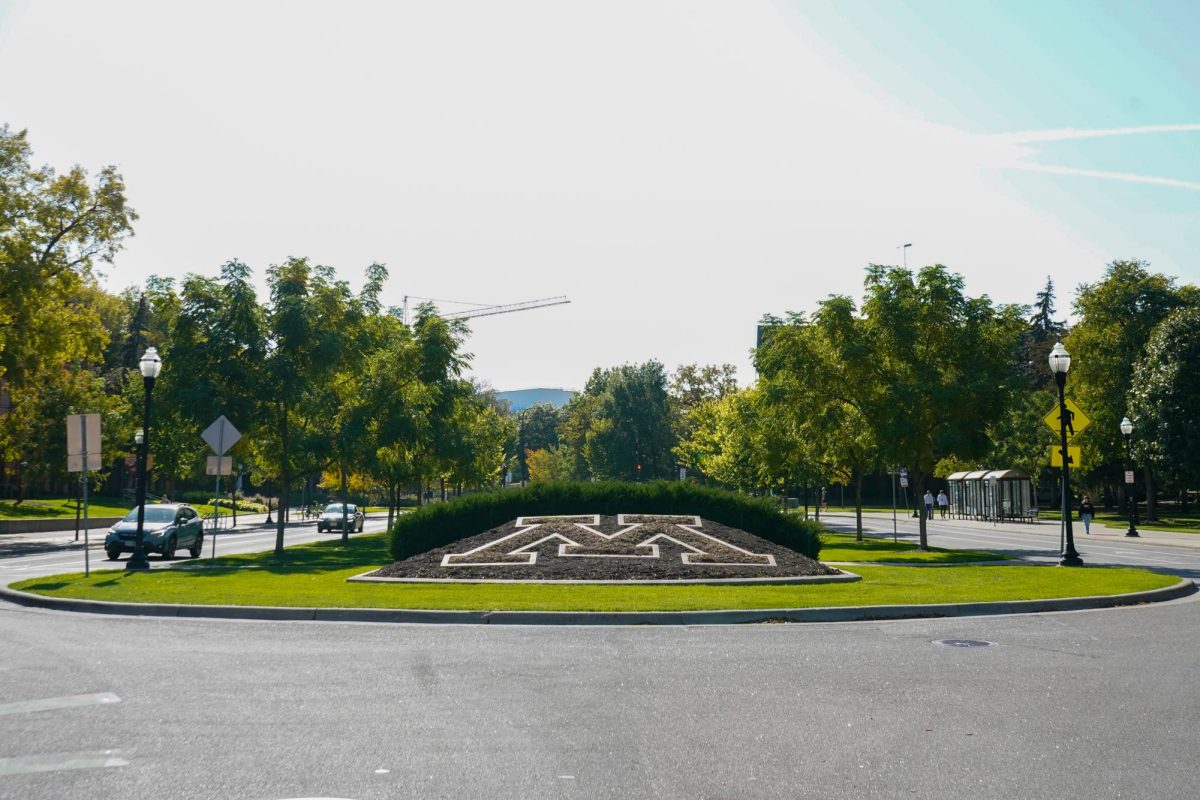
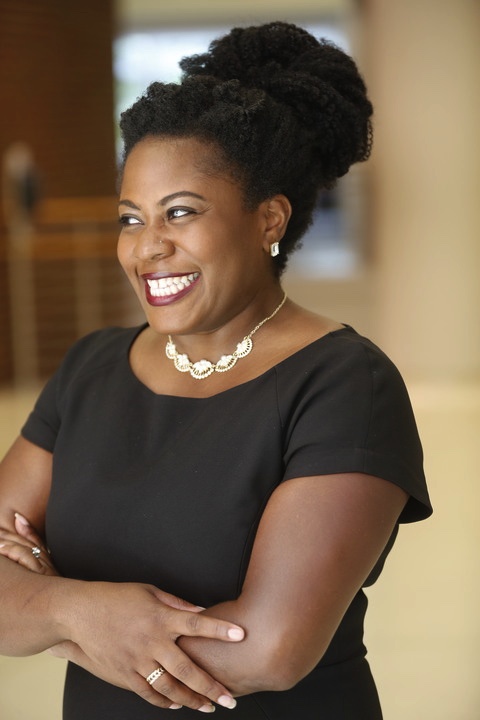

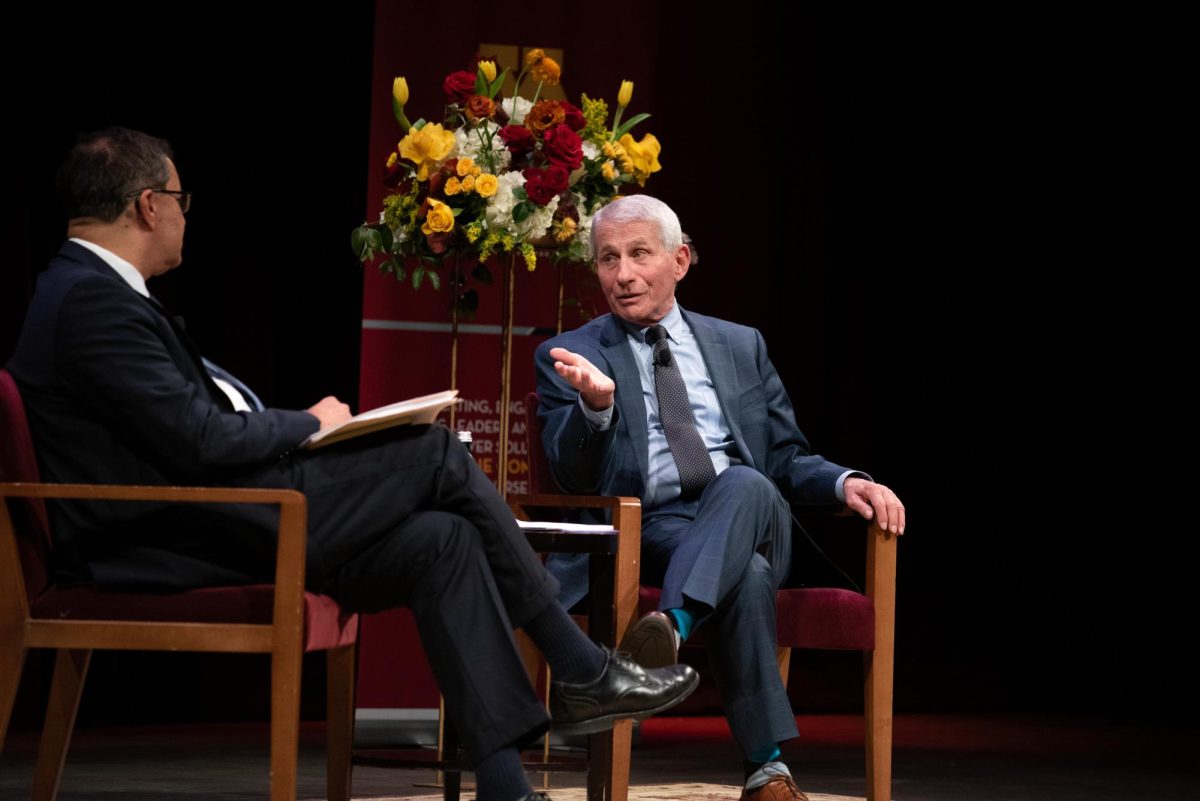

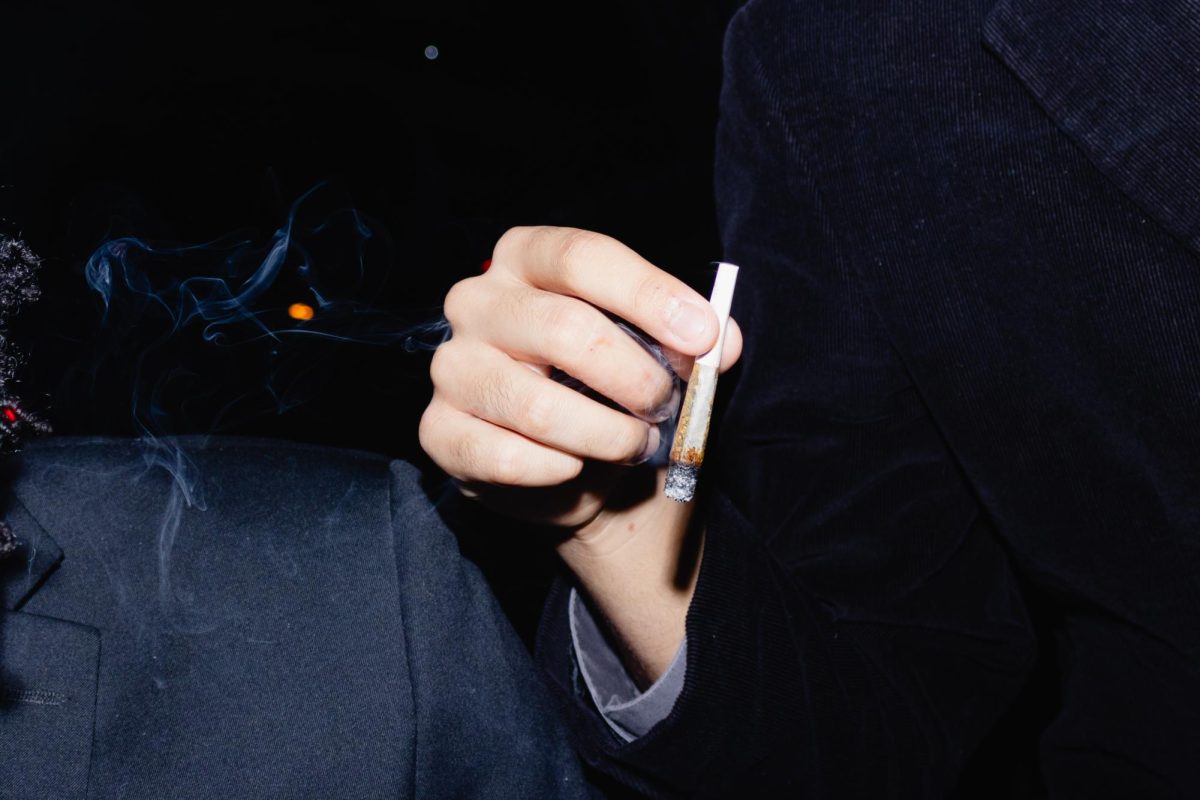
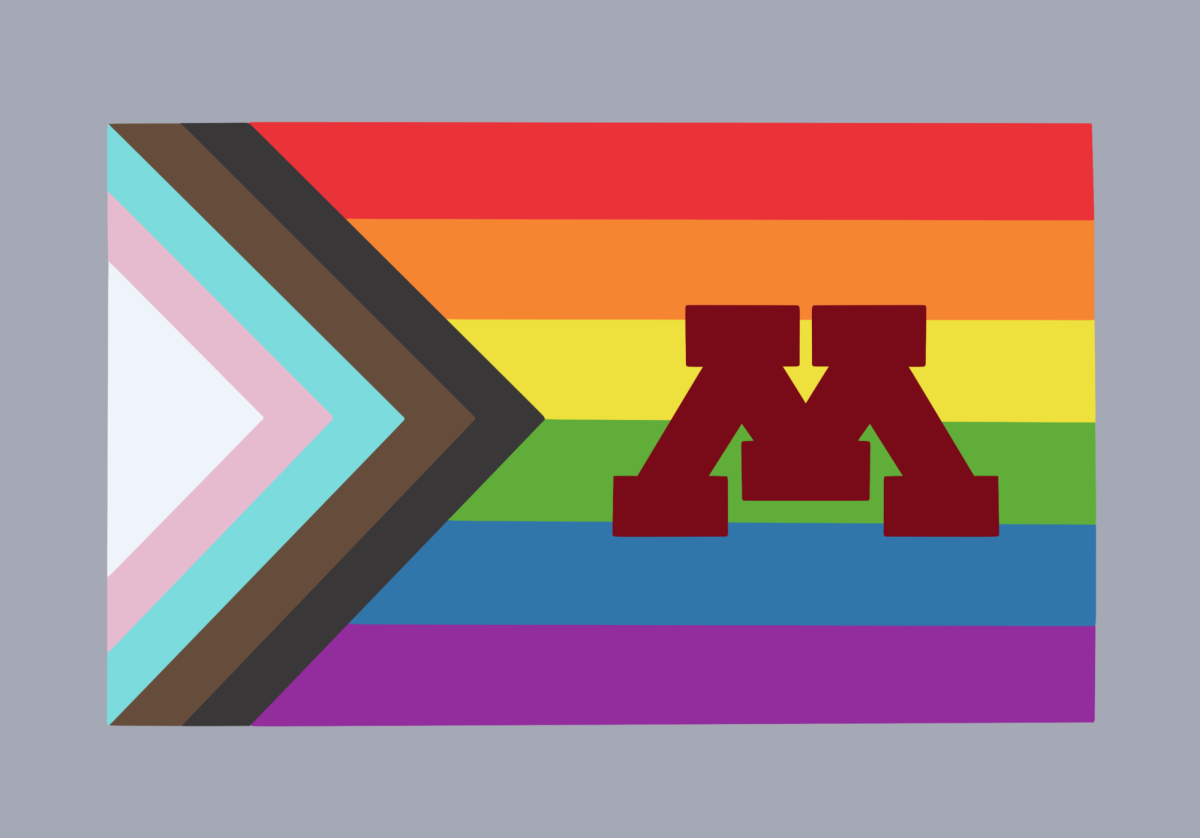
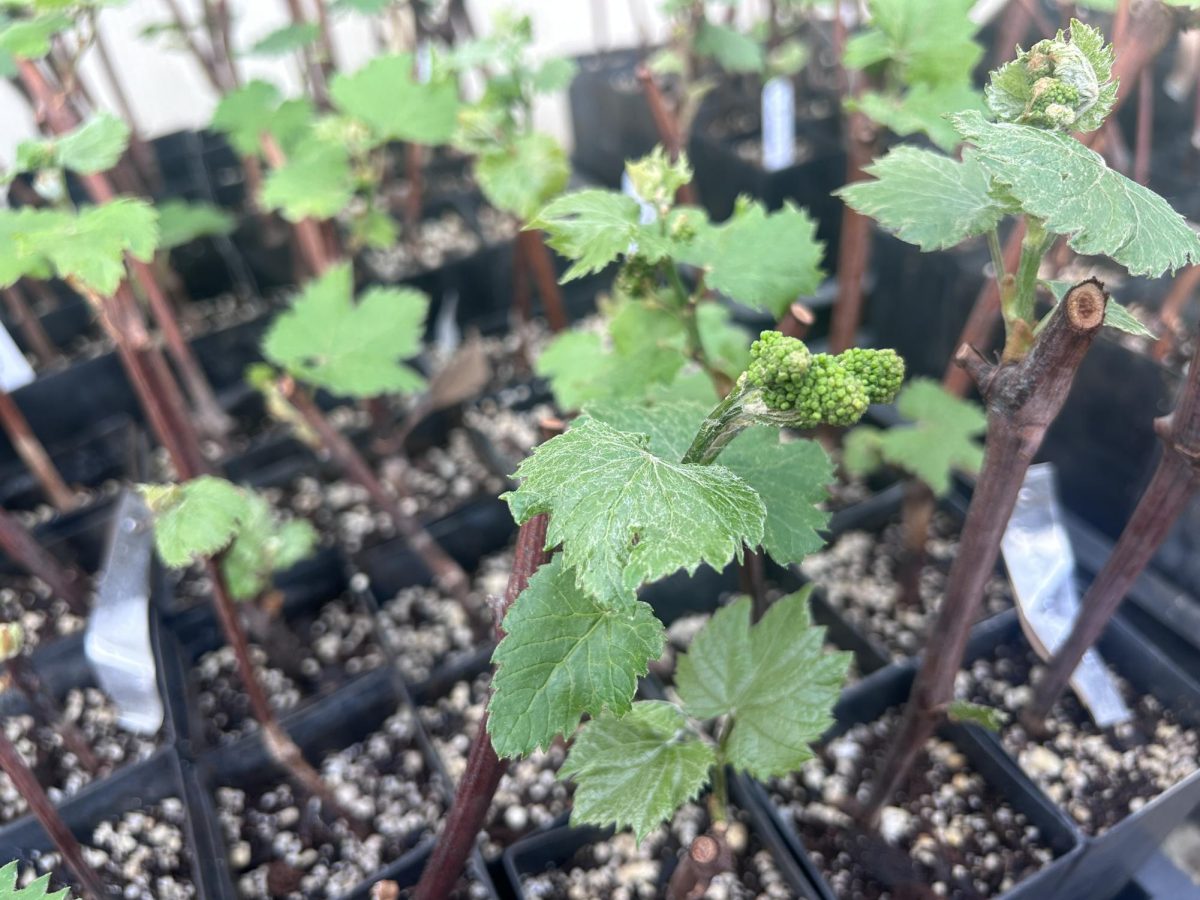
Lynn
Feb 12, 2025 at 6:51 pm
I think this is a very interesting idea. I would like to do it, I have always been so interested in what passing would feel like! Brilliant!
Crow Wilkins
Feb 10, 2025 at 11:52 am
so sick! brb guys i’m gonna go die